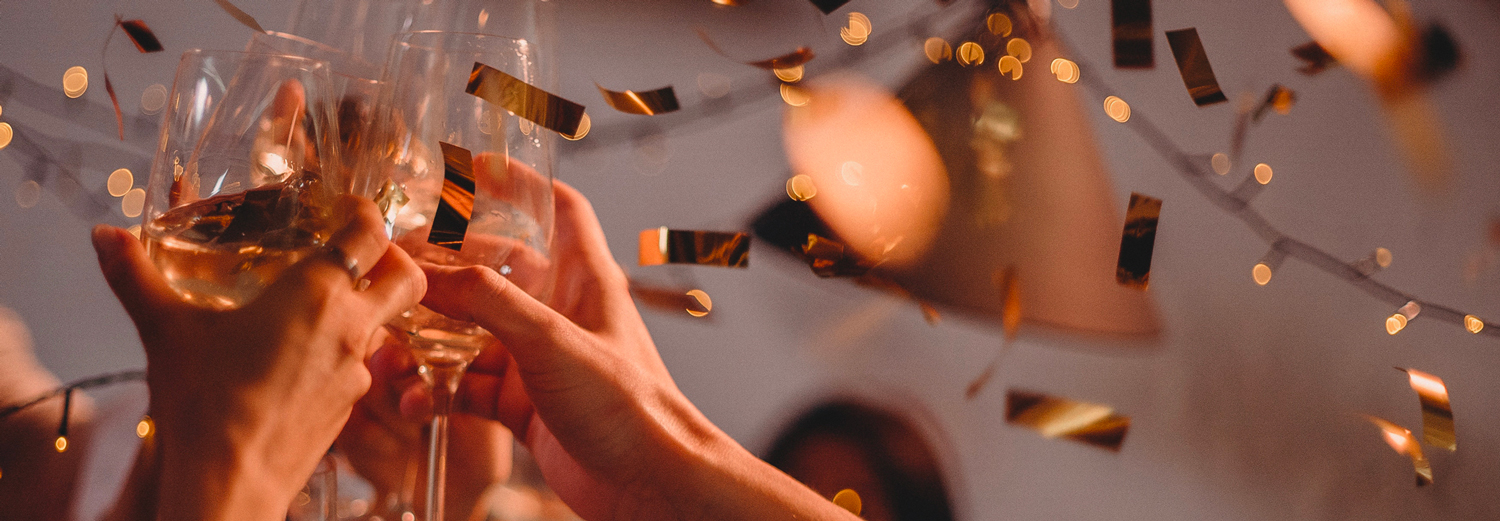Dilemma in Champagne :
Innovate or conserve ?
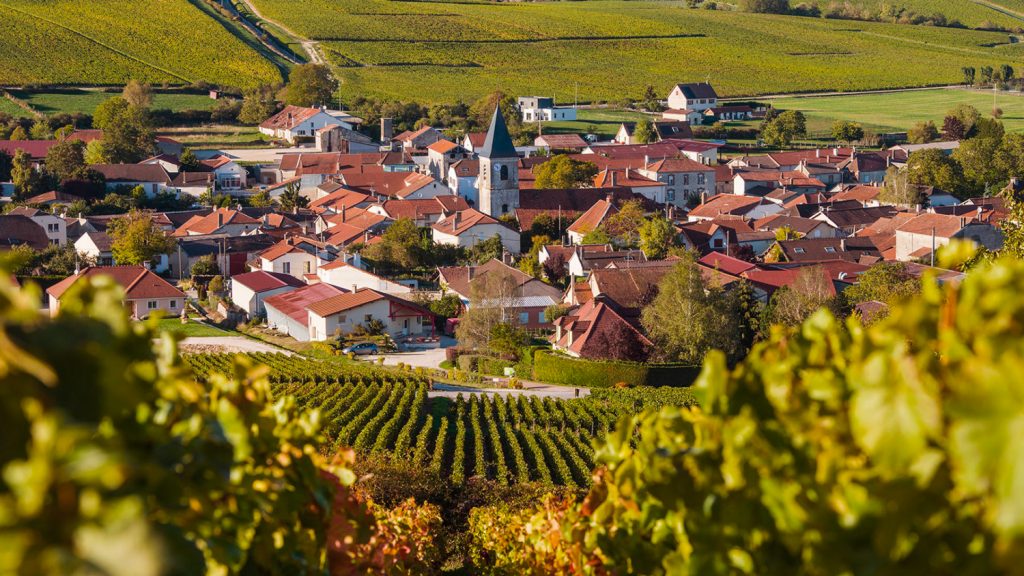
Champagne, a true socio-economic barometer of a country.
For more than 10 years, I have been advising and accompanying champagne houses in their reflections on the construction of their brand. Their need: to find a unique, innovative but true positioning. Such a positioning has now become essential in order to differentiate oneself in this very competitive market. The competition is both between the champagne houses in France, but also with new challengers abroad, who also want to take advantage of the craze for this pleasure drink with fine bubbles. These include numerous sparkling wines such as Sekt from Germany, , Prosecco from Italy and champagne from California. Incidentally, the United States is currently one of the few countries in the world that does not recognize the international agreement on the appellation “champagne” as agreed by the CIVC (Comité Interprofessionnel du Vin de Champagne). This appellation explains that only grapes grown in the Champagne region are used to produce this prestigious drink, consumed mainly as an aperitif.
What makes champagne unique is the strict adherence to the standards imposed to produce this luxurious beverage. This is why champagne is today the most controlled drink, according to precise rules, at the crossroads of craftsmanship and the talent of the cellar master.
I realize that wine houses are often forced to make a big difference between the desire to preserve their traditions and the need to innovate, in order to clarify their positioning and seduce the international consumer.
I had the opportunity to discuss this dilemma with Franck Coste, CEO of Domaine Chanoine Frères. This house was founded in 1730 and belongs to the largest family group in the Champagne region, Lanson BCC. Since he took over, he has sought to be disruptive, while maintaining the history of the past.
But how? Where are the limits? Here is his vision of the Champagne of tomorrow.
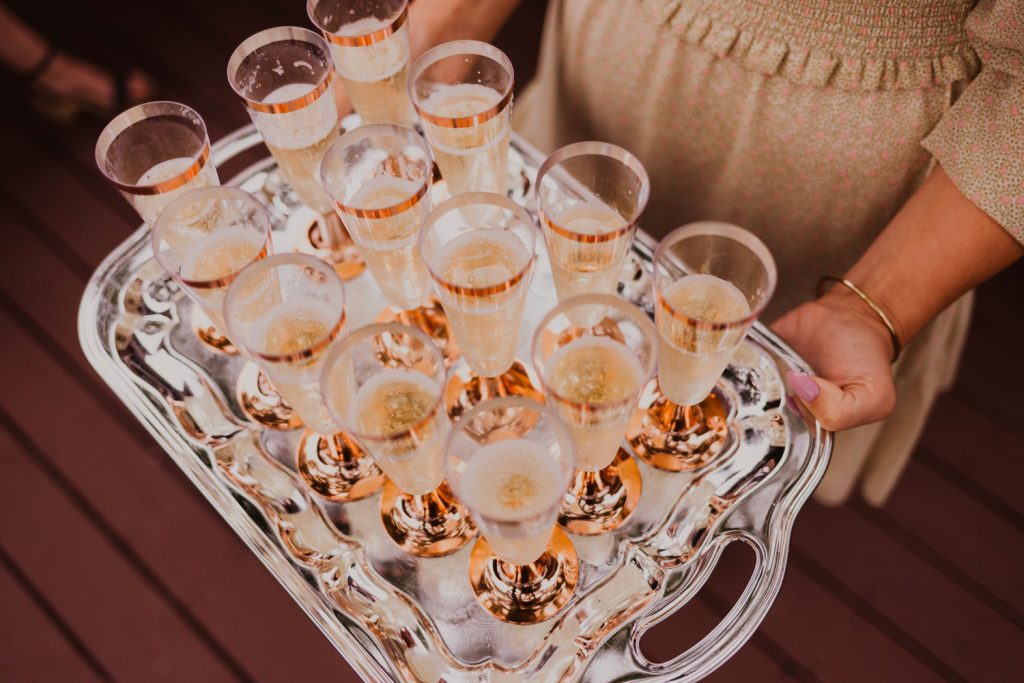
3 reasons to innovate in the champagne sector
Champagne is a product of more than three centuries and has constantly evolved over time. Indeed, its evolution has been established both in its raw materials, but also in its production, packaging and consumption ritual. However, today it is essential to innovate, for several reasons according to Franck Coste.
-
For climatic reasons
Global warming means that our harvests are more expensive, and the quality of the grapes is uncertain, potentially higher in sugar and alcohol levels. Therefore, the evolution of the raw material forces us to adapt and innovate in order to produce the best possible quality.
-
For the respect of the environment
Environmental and societal pressure makes us question the bottle, its weight, its transport cost in order to reduce CO2 emissions. It is our responsibility to transport less packaging and more wine. So we have to innovate to reduce the weight of the bottle and, why not, find alternative containers.
-
For economical reasons
For years, champagne consumption in France has been falling, while it has been rising internationally. So we have to ask ourselves: how to stimulate consumption in France ? Should we imagine new consumption moments, new packaging, new tastes? How far should we go to avoid distorting a product that is so emblematic of French culture? How far should we go to innovate, take risks or preserve tradition?
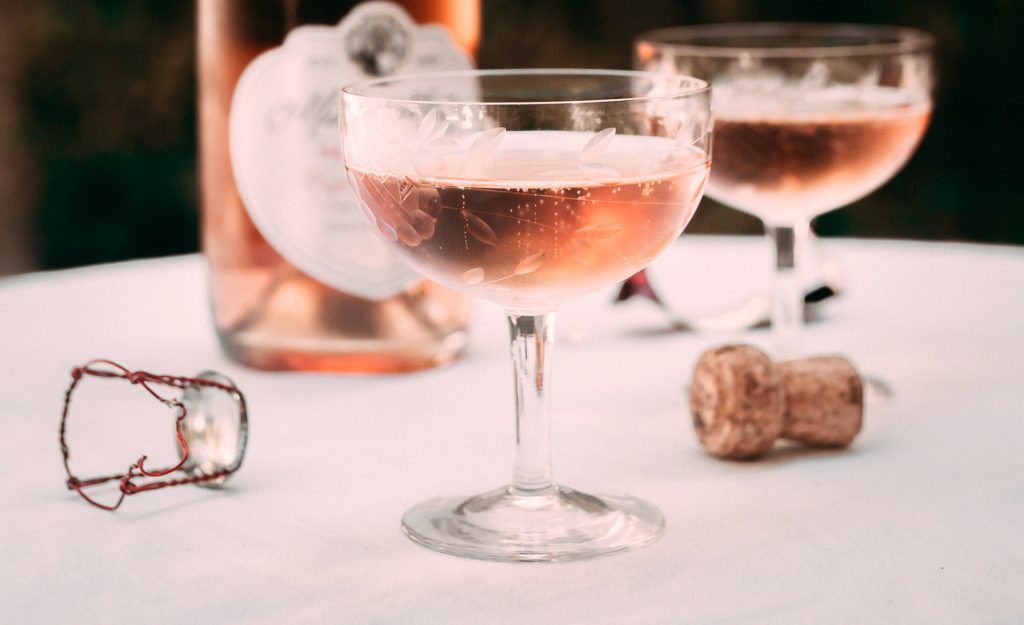
The difficulties and limits that are holding back disruption in champagne
Paradoxically these are the aspects that have also contributed to its success.
Champagne is traditionally a drink that is drunk during celebratory moments. But it is difficult to multiply these moments. If champagne were offered on every occasion when alcohol is consumed, this exceptional drink would become a general drink. Increasing its consumption would mean losing its exclusive character.
However, competitors in the sparkling wine category are more innovative than Chanoine Frères because they have fewer rules and restrictions.
The art and the challenge is to bring something new to this traditional sector without coming up against the rules of champagne. At present, for example, we don’t touch the basics, such as the glass bottle that has to withstand the high pressure of the drink. In addition to these rules, there is the preservation of the terroir and champagne’s competitors who want to compete with the region’s estates.
Of course, the standards formulated by the CIVC may appear to be obstacles to innovation, but they also contribute to the quality and uniqueness of Champagne and thus to its success. This sacredness of the Champagne method means that Champagne cannot be reproduced elsewhere. Thus, its codes have made it possible to maintain traditions, to increase rarity and to make champagne today a truly desirable luxury product.
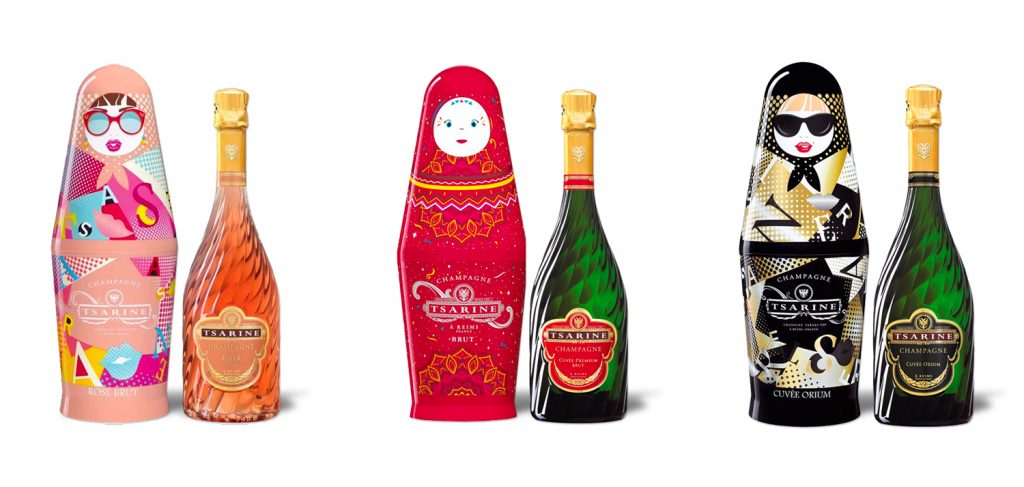
Innovation & champagne
For half a century, the main innovations have been related to packaging, especially special bottles such as Tsarine champagne with its twisted shape. Today, 36% of bottles are said to be “special” because they stand out from the crowd through their shape.
On the other hand, the product itself, champagne, is very standardized, while at the same time the grapes are evolving with climate change. Should we keep the historical taste or should we make it evolve? A real question.
Another area of innovation is the occasions for drinking champagne. Instead of drinking champagne on traditional and recurring occasions such as birthdays, Christmas, Mother’s Day or Valentine’s Day, champagne can accompany other happy moments in one’s life. For example, it could be on the occasion of a graduation, a driving licence, the purchase of a house, a wedding or a birth. The celebration market rhymes with champagne.
The Covid, a catalyst for innovation in champagne
There is no doubt that Covid has shaken us up, especially in our ability to serve confined customers. Indeed, the restaurants were closed for so long and the increase in home consumption forced us to adapt, notably by resorting to home delivery.
We have learned to do direct marketing, to address our consumers directly via social media. For example, during the lockdown, we wished a happy birthday to more than 25,000 people who ordered our champagne, and who subsequently became exceptional brand ambassadors. Thanks to direct marketing, we have been able to increase our database considerably, which is now having a very positive impact on our sales.
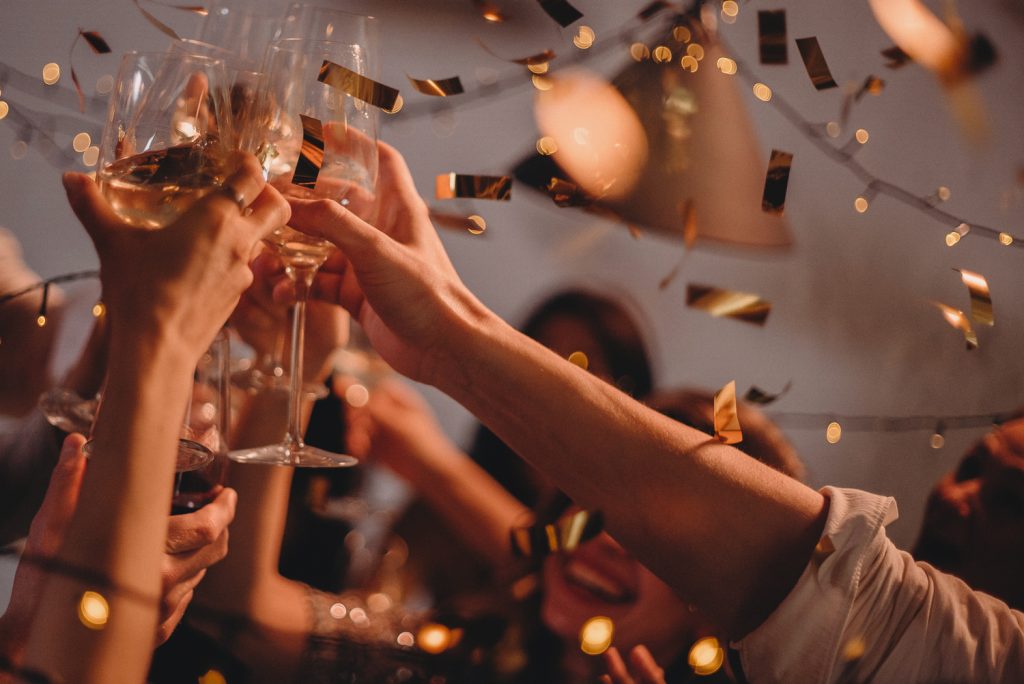
The consumption of champagne, a history of culture
French culture is more conservative in its consumption of champagne. Many French people associate champagne with weddings and appreciate traditional champagne. There is relatively little openness to other forms of taste or packaging. Innovation can be perceived by the French as a violation of tradition. However, the under 30 generation is much more open to novelty.
They are open to experimentation and appreciate the fun aspect, especially when opening the bottle. They love to experiment with new things in the visual aspect of the bottle as well as during the tasting, and appreciate when the experience with champagne is personalized.
Like the French Generation Y, Americans are open to innovation, even demanding new formats, tastes and bottles.
The Japanese are very traditional, but above all they want top-of-the-range products and love it when the expertise of the cellar master is valued.
Chanoine Frères recently launched Tasrine Rosé Luxe, a bottle of Tsarine Rosé illuminated by an LED light installed under the bottle. It has become a market benchmark and has enabled Tsarine to become the number 2 brand in the French rosé champagne market. A real success. It can be found in restaurants, wine shops, in bars and on the site Chanoine Frères.
Following this launch, we have noticed a rejuvenation of our consumers. In addition, we have observed that women are more courageous than men when it comes to experimenting with new and innovative champagne. Men seem to want to stick to their basics, the safe and familiar.
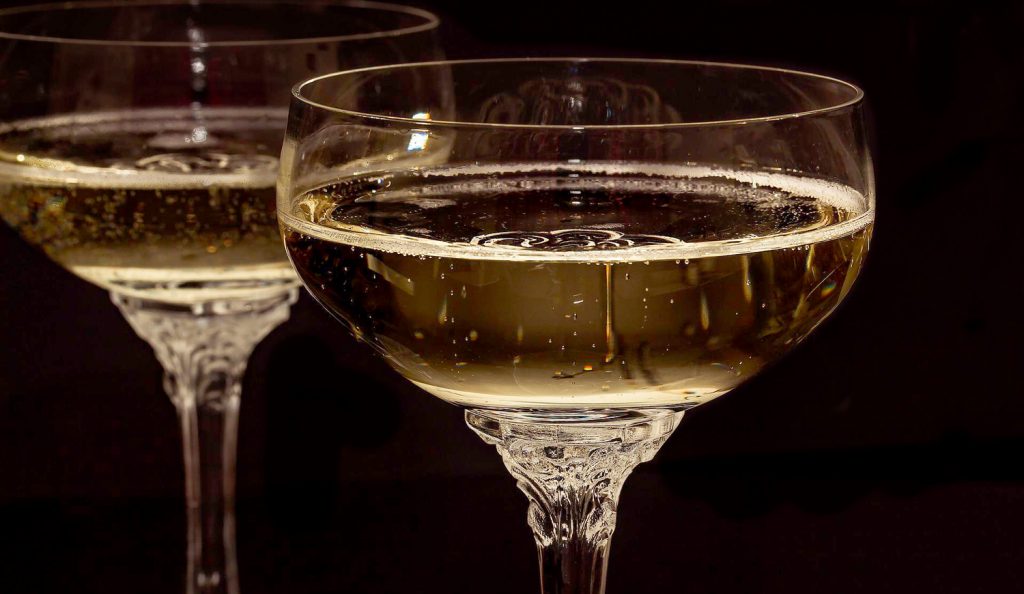
This exchange with Franck Coste shows that there are certainly important limits to innovation in champagne, but that the biggest brake is often set by the strategy of the house itself.
Obviously, an innovation, especially in consumption, does not materialise without prior study and is not introduced without a major communication campaign. However, this requires a considerable marketing investment. When you know the cost of production and logistics in champagne, you have to manage your strategy and your investments well in order to remain profitable.
In short, the question arises again: should we innovate or conserve?
As Franck Coste points out, “Given the many changes on a global scale, we are probably obliged to carry out a (R)evolution in the years to come.”
Read the Forbes article live on the website : https://www.forbes.fr/management/innover-ou-conserver-le-grand-dilemme-en-champagne/
